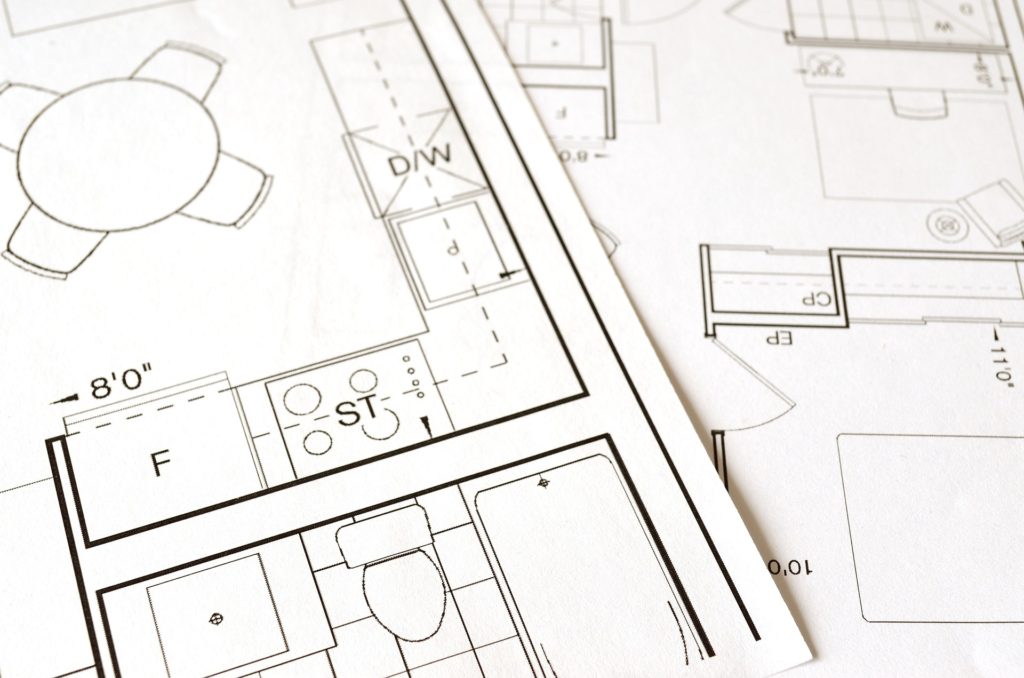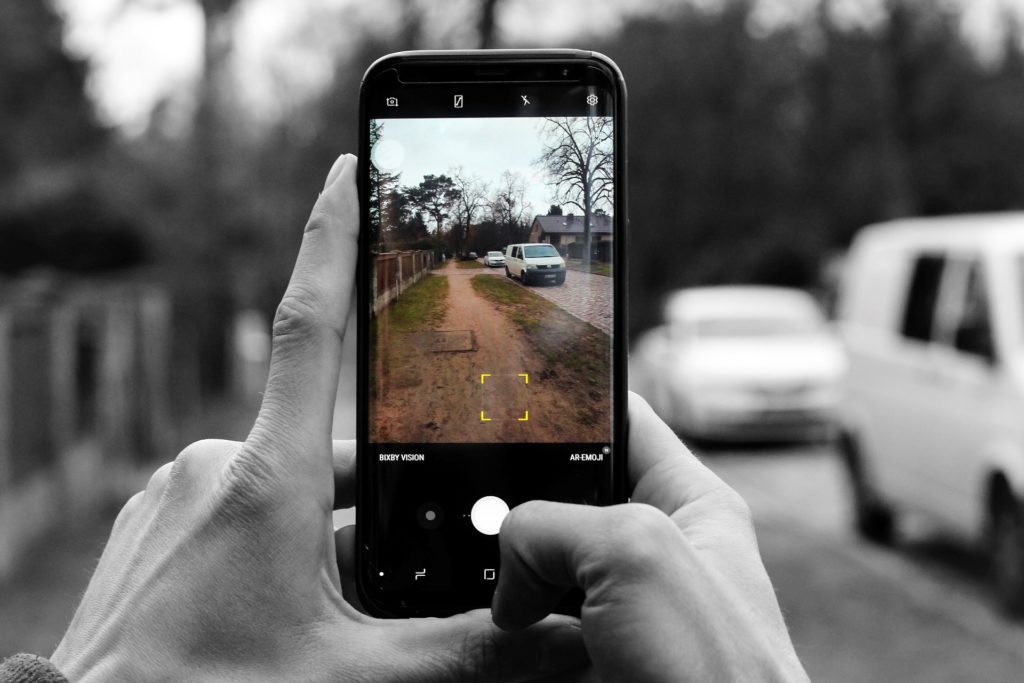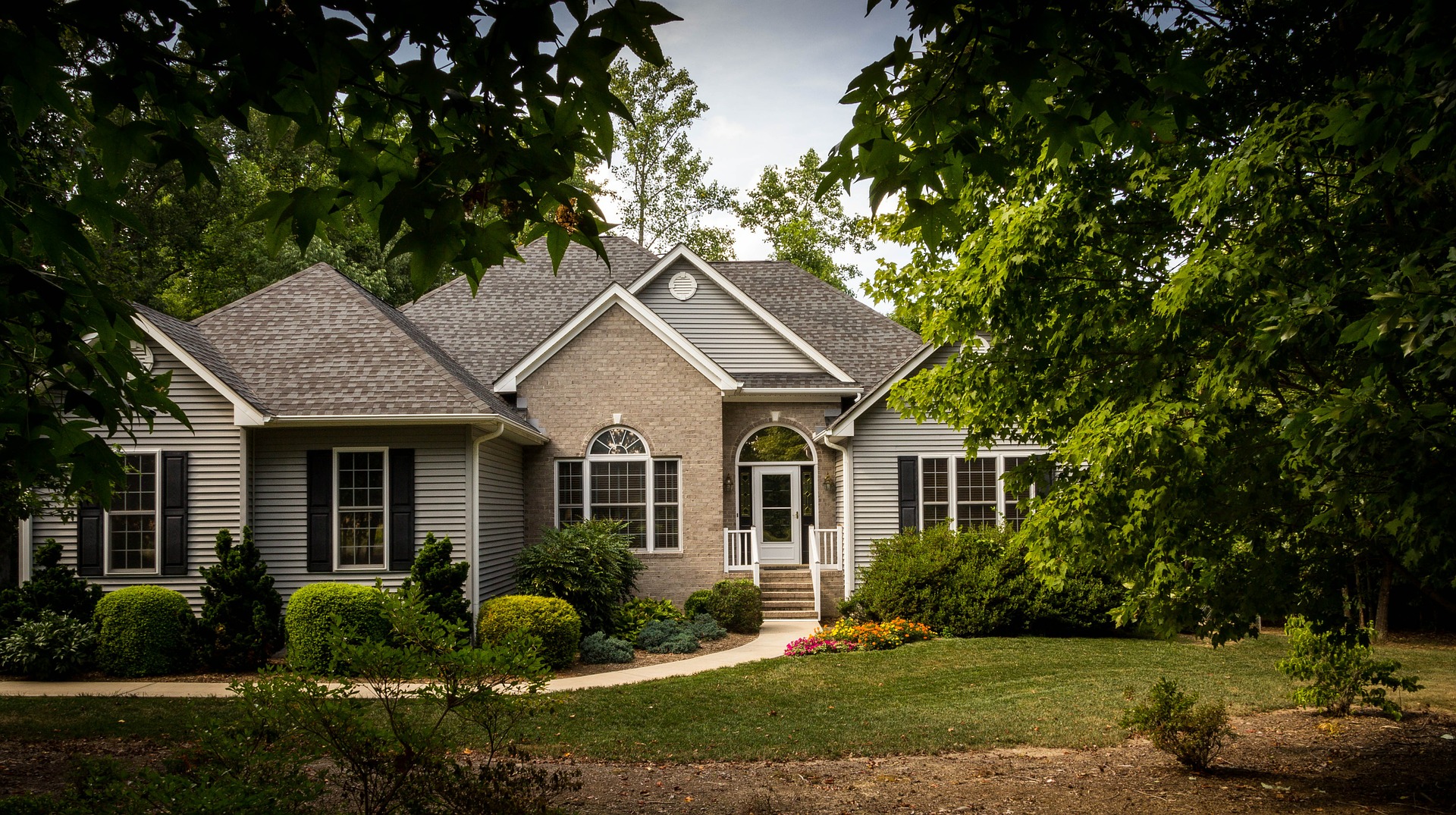Last week I wrote an article about a house fire that happened in a nearby neighborhood. That article talks about things to do to minimize the risk of a house fire. Seeing the home in shambles also got me thinking about assessing homeowners insurance coverage.
Over the last year, home values have increased dramatically due to increased demand as people wanted and needed more space. Additionally, there was a low supply of homes on the market and new development. Additionally, the cost of lumber increased dramatically at one point, which would increase the cost to build (or rebuild) a home. Lumber costs are on a decline; however, the price remains elevated to pre-pandemic levels.
So, the ability to buy a home or build a home in today’s market is more than it was two years ago. While homeowners policies typically have a clause for inflation, it is possible that the inflation amount in the policy hasn’t kept up with the times.

This makes it the perfect time to assess homeowners insurance to ensure you understand what your coverage includes and ensure you are comfortable with what it covers.
Why Assess Homeowners Insurance Periodically
Paying for homeowners insurance isn’t glamorous, but it’s necessary. For most individuals, their primary residence is their largest asset. That means we want to ensure that an issue does not make the asset worthless (in the case of fire, earthquake, tornado, hurricane, or other natural disaster, etc.)
I understand that choosing to assess insurance coverage isn’t exciting, as it could easily lead to an increase in coverage and therefore an increase in premiums. However, spending a little money now to protect yourself if the worst happens is a good financial decision. When I emailed my insurance agent to check in on our coverage, her first words were, “you are wise to be mindful of these things!”
In the financial world there are four ways to handle risk: avoid, retain, share, transfer. When it comes to homeowners insurance, we are sharing the risk. We pay an insurance company to take on the risk if the worst happens; however, we share the risk because we pay a premium or we can choose not to collect insurance at all. For instance, say a window breaks – the cost of repair is likely less than the deductible, so you would choose to pay for the repairs out of pocket.
Being underinsured on your property means that you are sharing a lot more of the risk if the worst were to happen. Unless there are funds set aside that can be used to cover the gap between what insurance will pay and what it would take to repair or rebuild from extensive damage, it’s critical to review a homeowners insurance policy periodically.
We hope to never have to use our insurance, but in the case it needs to be used, it needs to cover what we expect it to cover. The only way to be sure this happens is to review the policy and assess coverage needs.
What Does Homeowners Insurance Cover
Homeowners insurance has three purposes:
- repair home, yard and other structures on the property;
- repair or replace personal belongings; and,
- pays if it’s legally determined that you caused damage or injury to another individual.
Homeowners insurance has six areas of coverage. This chart shows the different coverage types and what is typical in policies; however, do not assume that your policy includes the typical amounts. It is critical to review your policy terms and verify that the typical amounts are included.
| Coverage type | What it does | Typical amount |
| Dwelling | Covers damage to the home and attached structures, such as a porch. | Enough to rebuild your home |
| Other structures | Covers stand-alone structures on your property, such as a fence or shed. | 10% of dwelling coverage |
| Personal property | Pays to repair or replace belongings that are stolen or damaged in a covered event. | 50% to 70% of dwelling coverage |
| Additional living expenses | Helps pay temporary living expenses while your home is being repaired. | 20% of dwelling coverage |
| Liability | Pays if you injure someone or cause property damage unintentionally or through neglect. | $100,000 to $500,000 |
| Medical payments | Pays to treat someone injured on your property, regardless of who’s at fault. Also pays if you, a family member or a pet injures someone elsewhere. | $1,000 to $5,000 |
Types of Homeowners Insurance Policies
You might think one homeowners policy is the same as another; however, not all homeowners insurance policies are created equal. There are actually a number of types of homeowners insurance policies. The major difference between them is how it is determined when the policy will pay out. Here is a brief description of the main four types of homeowners policies:
- HO-1 or HO-2 Insurance aka Limited Coverage:
Only about 8% of homeowners’ policies are HO-1 or HO-2. These policies limit the reasons for which a homeowners policy would pay out to very specific events (i.e. only in the event of fire, windstorms, hail, weight of ice, snow or sleet, etc.).
- HO-3 Insurance aka The Most Popular
This is the most common type of homeowners insurance as approximately 80% of policies in this category (according to the National Association of Insurance Commissioners). Most lenders require at least this level of coverage. This type of homeowners insurance covers loss due to any cause (or peril) unless it is specifically excluded (i.e. earthquake and flood are the most common exclusions).
Important to note that this type of policy typically limits the reasons for which it will pay out on personal property loss (i.e. the contents of your home). However, the most common reasons for loss of personal property are covered including, but not limited to, fire, smoke, theft, vandalism, hail, windstorms, power surges.
- HO-5 Insurance aka Broad Coverage Policy
Similar to HO-3, this insurance covers loss due to any cause unless specifically named as an exclusion in the policy. HO-5 typically allows for a higher level of coverage for home contents, so instead of only covering 70% of the dwelling’s value to be paid out, it could be as high as 100%. This type of insurance is typical only to new homes in low-risk areas. It is barely more common than HO-1 or HO-2 as about 13% of homeowners policies are this type.
You may be wondering what happened to HO-4. That is renter’s insurance.
What’s Not Covered Under Homeowners Insurance
This is why it’s important to read your own specific policy. Many policies have exclusions such as earthquakes, floods, landslides. Take time to read your policy and talk with your insurance agent about the risks you have that are not covered under your homeowners insurance policy. Fill in the gaps where it makes sense to.
Before we lived in Kansas City, we lived in Los Angeles. I felt an earthquake or two while we lived there. We were renters at the time, but had we owned a home in that area, you better believe I would have definitely thought twice about having earthquake insurance. I’ve also had coworkers who lived in Florida, who experienced hurricanes. Having windstorm insurance was likely a necessity for those who owned homes.
How Much Homeowners Insurance Coverage Do You Need
Work with a trusted insurance agent to determine the amount and type of coverage needed. This is a tricky calculation, because it is individual to each area based on building costs and the square footage of your old home. You can do internet searches and determine what you think is a reasonable amount, but there is no perfect science because we cannot see the future.
As I wrote with life insurance, it never hurts to err on the side of caution and pay for a little more coverage if you’re debating where your replacement values fall.
One Final Thought – Photo Inventory
Next week I want to move onto a different topic not related to home fires, so I want to cover the last thing that came to mind while viewing the house that burned down over 4th of July weekend as one final thought. Let’s call it a bonus thought if you will!
In order to collect insurance, we have to be able to provide a detailed accounting of what was in our home. It’s something we don’t think about just off the cuff, but if you take a moment it makes sense. Your house burns down. You have 70% of your dwelling costs in personal items covered; however, an insurance company isn’t going to pay a penny if there is nothing in the home. Likewise they’re not just going to take your word that you have items equalling the full amount either.
I hope you aren’t like me, but if I had to walk through my closet and tell you every item that was in it – I wouldn’t be able to. Same goes for all of the things squirreled away in the kitchen cabinets, and don’t even get me started on the stuff in our storage space in the basement.
Dr. Thia has talked with individuals who have sustained a home fire. Their one wish – that they had a home inventory. This used to be a huge undertaking. In today’s world it isn’t. It may take 30 minutes to an hour of your time, but could save you a lot of hassle if you ever needed it.
How to Create a Home Inventory
Take your cell phone for a walk around your home. Take photos of every room from a large angle and then walk around the room, opening drawers and cabinets and taking close pictures of items. Turn on the flash so you can see to the back of cabinets under sinks.

Take the stack of papers out of the top of the junk drawer so you can see the batteries and charging chords. Take photos of your collectors items and of what is in your deep freeze. Walk through your garage and take photos of your tools. Take your time and be meticulous.
Once you have photos of everything, store them somewhere on top of storing them in a folder on your cell phone. You could have them printed. Be sure to store them somewhere other than your home (ask a family member or close friend to put them in their safe).
The other option you have is to upload the photos into a place on the web where you can access them from a computer other than your own (in case it is damaged in a fire, tornado, flood, etc). This could be a free web-based photo storage company, put them in a folder in your Google Drive, or any other place you can store photos on a cloud.
By having the photos somewhere other than just on your phone, it ensures you have the photos if your phone literally goes up in smoke.
These photos will be out-dated within the week; however, they will be close enough that you’ll be able to truly remember the breadth of items in your home and provide excellent evidence to your insurance company if it is ever needed. I hope it isn’t ever needed, but hope for the best and plan for the worst.
Free Resource – Becoming a Millionaire Next Door
If you found this article on homeowners insurance helpful, grab a copy of our free resource on becoming a millionaire next door. Becoming a Millionaire Next Door takes focus and time and using money wisely, and avoiding financial headaches that can get you on your way to becoming a millionaire quickly! Click on this link to get your free download to be more financially savvy.

